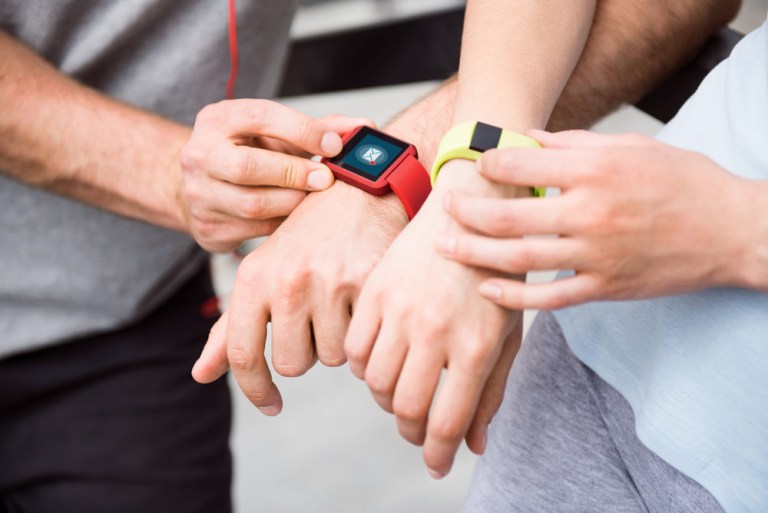Foresight 20/20: NXT-ID And FitPay Inspired By Conference

Consumers want payments to fit their lifestyles.
That’s the premise on which startups NXT-ID and FitPay have built their financial services platform, and a premise that has been reinforced for Michael Orlando, NXT-ID COO and FitPay co-founder, president and CEO.
Just three years ago, the startups’ lifestyle payments proposition was met with some skepticism, said Orlando. Now, the Internet of Things (IoT) has become a key topic of conversation and the team is bringing partners to market.
For instance, NXT-ID and FitPay recently announced they are powering Garmin Pay, a contactless payments platform enabling transactions via Garmin’s combination smartwatch and fitness tracker. The feature was activated on Garmin’s vívoactive 3 smartwatch on Friday, Nov. 17.
“This represents the first successful commercialization of a payment feature on a wearable/IoT device by a third-party provider, creating an opportunity for a whole new range of devices to be payment-enabled,” co-founder and Chief of Staff Chris Orlando told PYMNTS. “The existing ‘Pays’ are propriety capabilities and not available to other OEMs.”
The startups are also powering a smart strap for analog watch faces by Wearatec and a couple of different smart key fobs, enabling users to not only make payments but also log onto network-based computers, access their apartment buildings, unlock their home doors and open and start their cars.
In fact, the FitPay CEO said the space has evolved to the point that he and his team are looking beyond current use cases for their contactless payments. Offers and loyalty rewards are the low-hanging fruit of consumer conversion, he said, with many consumers saying this is the factor that would drive them to adopt contactless payments over card-based transactions.
Beyond that, Orlando said contactless payment technology could create “buy online, pick up in-store” opportunities with secure storage and the convenience of picking up orders at any hour — day or night — with the right secure credential on a phone or wallet.
The same system could be used to ensure packages are retrieved by the rightful recipient when they are delivered to apartment buildings or neighborhoods, said Orlando — think electronic delivery locker systems like the ones Amazon and Diebold Nixdorf are introducing.
In both use cases, the secure storage lockers need connectivity to create user access by smartphone, and that’s where Orlando sees NXT-ID and FitPay coming in.
“We see ourselves playing a significant role in doing that,” Orlando said, adding the device-agnostic platform could be integrated anywhere. “We’re not tied to a single device or operating system.”